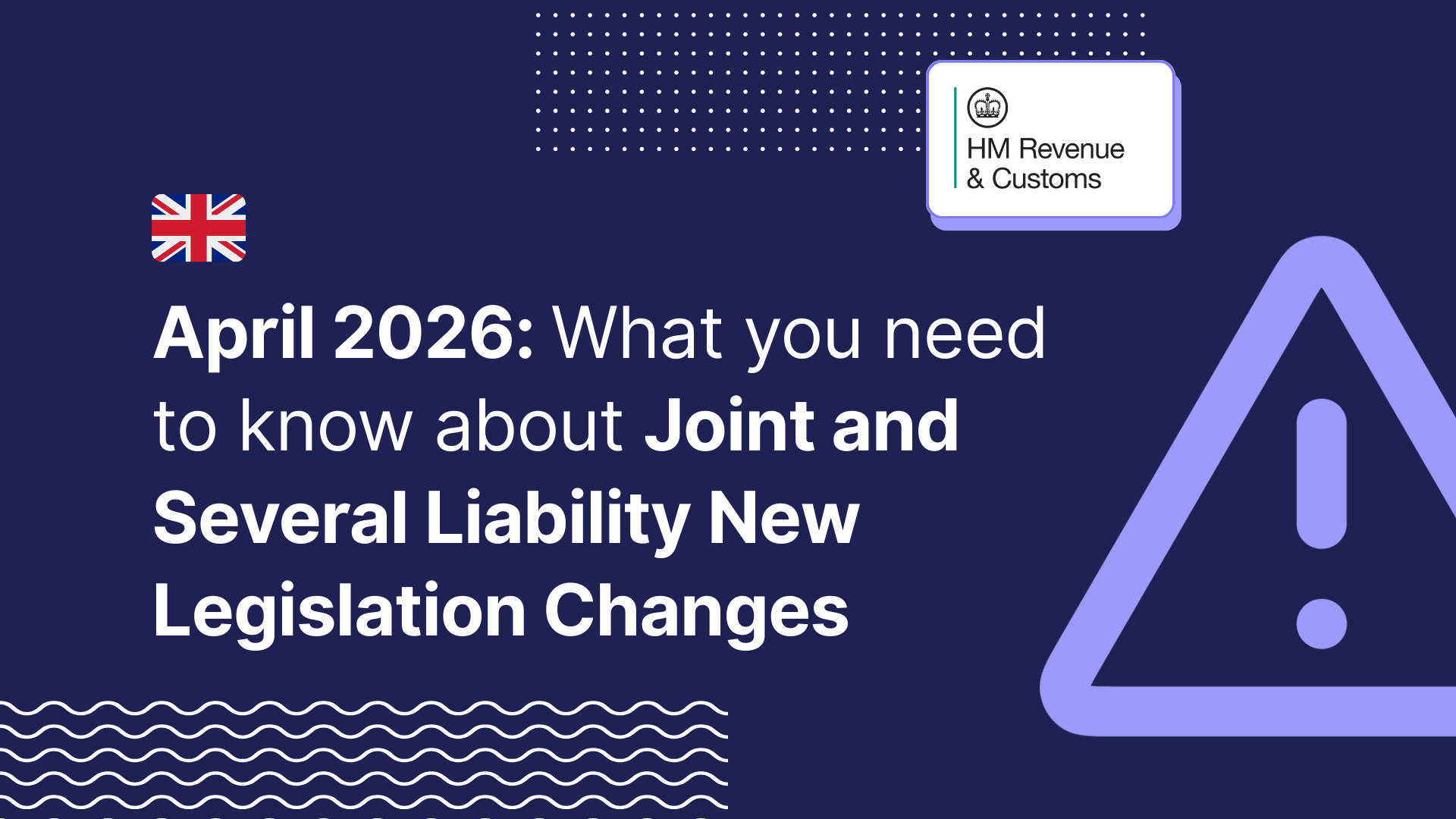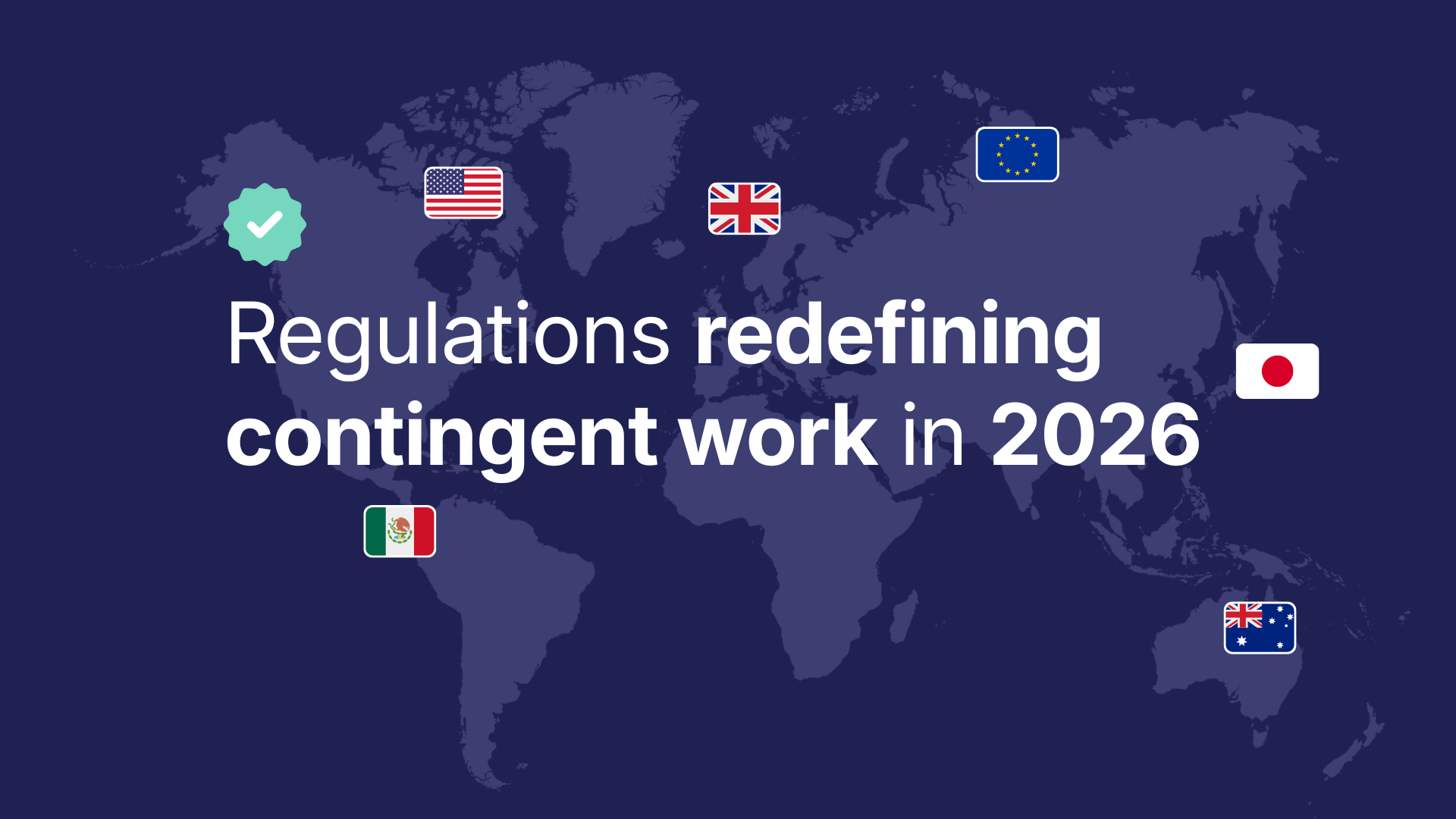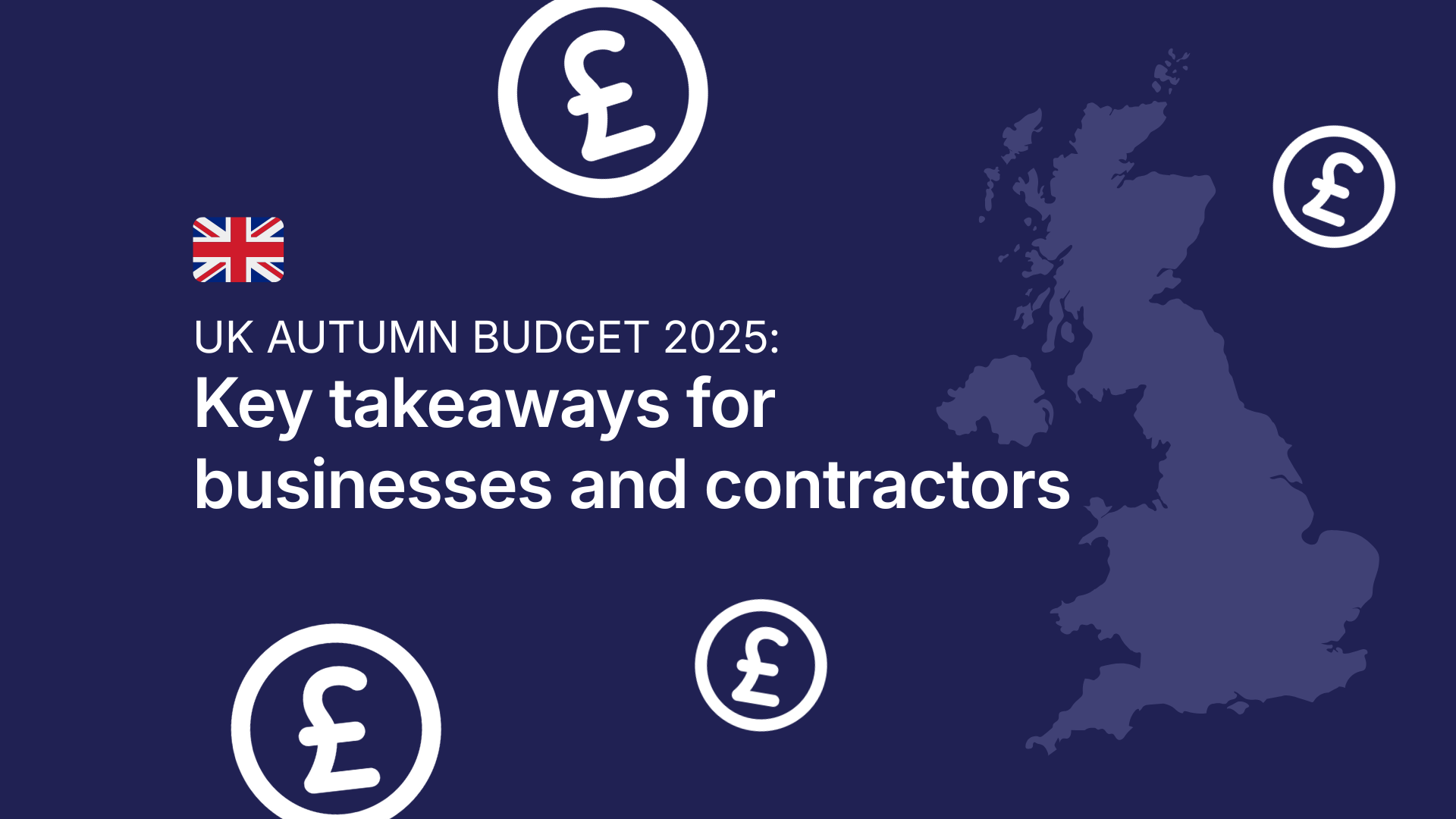In May this year, myself and the YunoJuno team were delighted to attend the Staffing Industry Analysts (SIA) CWS Summit Europe, as silver sponsors for the 2-day programme. The collaborative event was a hub of activity that brought together HR, procurement and workforce solutions management professionals from Fortune 2000 companies around the world.
I had the pleasure of hosting a series of hot seat roundtables during the afternoon session, on the topic of using AI in your contingent workforce programme. Despite the tables being filled with individuals from an array of companies, each of different sizes and maturity, there was a unanimous theme amongst the group discussions…people are confused by generative AI.
Generative AI isn’t just a phase
At an exponential rate, generative AI has been a topic that has engulfed like wildfire, so it is entirely understandable that it is running parallel with a wave of confusion and perhaps, the unfair assumption that businesses should know how to adopt this tool overnight. Generative AI is dominating our newsfeeds, slack channels, web conferences and news headlines - and rightly so. This new leap in machine intelligence isn’t just a ‘phase’ that’s going to run its course. It is a powerful tool that has completely disrupted several industries, with no signs of slowing down. So now is the time to make friends with it - fast.
As someone who is a champion of digital and tech innovation, particularly in the ways it enables humans to do a better, and more rewarding job, I wanted to help businesses cut through the noise and tackle the uncertainty of AI within the talent management space, by providing some tangible forward-looking use cases.
Neither myself or YunoJuno profess to be experts in AI. But what we are unrivalled experts in is optimising new tech in order to save time, reduce costs and remove the burden of risk for a seamlessly run contingent workforce.
Accelerate your talent efforts with Generative AI in 3 key areas:
1. Sourcing
Companies are constantly challenged by finding the right talent in terms of time, diversity and inclusion, and even internal mobility programmes. I believe that generative AI can have a positive impact in supporting this challenge.
Some examples of where this impact can be captured is with shorter interview cycles, unbiased shortlists and organisational skill set mapping, ultimately decreasing time to hire, increasing diversity and employees job satisfaction.
2. Productivity
Companies operate in a demanding environment where speed of execution and insights is a core competitive advantage. Who hasn’t been in a situation where you spent hours trying to gather data in multiple knowledge bases? Generative AI models are designed to generate new content by analysing large data sets with user friendly natural-language prompts. This technology can augment human capabilities, freeing up time to focus on more valuable activities and increasing productivity.
For example, in a multinational contingent workforce programme, generative AI can accelerate decision making within compliance processes by tapping into different local knowledge bases. The technology prepares the information while employees apply human judgement. A potential use case here is global worker classification and vetting.
3. Statement of Work
Human Resources and Procurement teams are continuously challenged with the effort to create and manage best practices of statement of work (SOW). I see the potential of Generative AI here, to enhance:
- Automation of SOW generation
- SOW legal and compliance risk mitigation
- SOW continuous improvement
For example Generative AI can learn from feedback, performance data and outcomes of completed projects across an organisation to enhance its capabilities to generate increasingly more effective SOWs - based on real-life results. It is important to note here that human oversight and expertise is still critical.
Disclaimer: Responsibility, security and ethics are very important considerations that you should always take into account before implementing any new technology.
The good, the bad, and the responsibility
Myself and YunoJuno are advocates of generative AI, providing it is being used to enable, enhance and amplify current human efforts, rather than replace them. While AI is undoubtedly a powerful tool with endless potential and possibilities, it is important to note the good with the bad. As with any new technology, AI brings its own set of social and economic challenges and changes - which we are yet to fully see the true impact of.
Regulation is similarly going to need to evolve to create official laws, guidelines and best practices to enforce boundaries. Today the onus is therefore on humans to retain control of generative AI and all subsequent autonomous systems. This alone immediately creates risk, opens businesses up to a whole host of security breaches, and ethical dilemmas. The responsibility of working responsibly with generative AI is on us…
AI serves up freelance opportunity
The good news is, freelancers, and YunoJuno, are already in a strong position here. Why? Because who are the people best equipped to adapt, work with agility, and upskill themselves to take on new client projects? Freelancers and contractors. The true masters of upskilling are those working within the contractor and freelancer work space, who have trained themselves over versatile careers to ramp up their skills within days, as against weeks in the case of some permanent staff.
As for YunoJuno, the platform simplifies complex HR processes with technology, using automation to its full potential to take the pressure of compliance off HR teams. We have built a product that ensures full compliance when working with contractors and freelancers worldwide, and this wouldn’t be possible without combining tech with its most important ally - humans.
The next few months will certainly be interesting in the development of AI within the freelance economy and contingent workforces, but when faced with uncertainty and fear, one thing is important to remember: AI has knowledge, not human judgement.







